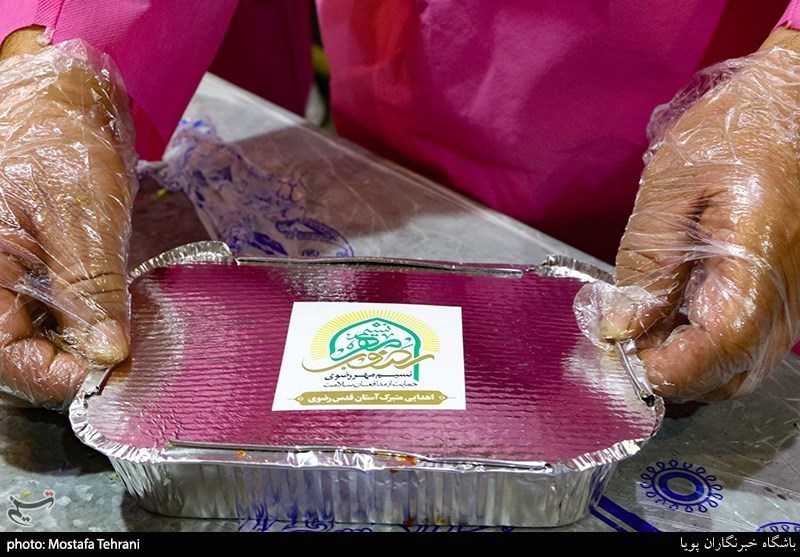Essential Checklist for Full Pressure Roller Evaluation
페이지 정보
작성자 Jannie Medford 작성일 25-10-09 07:08 조회 10 댓글 0본문
Conducting a thorough roller maintenance assessment is a critical maintenance task that maintains peak functionality and operational integrity of manufacturing equipment. Pressure rollers are integral to printing, packaging, and manufacturing systems where stable contact pressure is critical to maintaining standards. Over time, material fatigue can degrade pressure uniformity, leading to quality failures or costly machine stoppages. A detailed diagnostic review helps stop minor problems from becoming major failures.

Start with powering down the machine and applying LOTO procedures to protect personnel. Allow the rollers to cool completely if they have been in operation, as thermal expansion masks true wear patterns and create serious injury hazards. When all energy sources are verified de-energized, remove any guards or covers that obstruct access to the rollers.
Perform a surface scan of the entire surface of all pressure rollers. Identify indications of surface fractures, pitting, grooves, or irregular abrasion. Subtle imperfections can lead to uneven material compression. Use a clean, lint-free cloth to wipe away dirt, ink, or residue. If the roller has a rubber or polymer coating, check for swelling, hardening, or flaking, as they point to chemical or thermal breakdown.
Then, take precise diameter readings at various positions from end to end using a calibrated digital micrometer. Compare these measurements the original design parameters. A variation of more than 0.05 millimeters across the surface may indicate uneven wear. Log every reading for monitoring wear trends.
Inspect the bearing housings and drive shafts for fluid, friction-free turning. Spin the assemblies manually and pay attention to abnormal noises or erratic motion. Any hesitation or vibration suggests bearing wear or misalignment. Examine the flanges and securing bolts for looseness or corrosion. Secure or swap out parts as needed.
Review the actuation controls. Ensure that pneumatic or hydraulic actuators respond correctly to control inputs. Validate performance at low and high thresholds to guarantee stable output across the spectrum. Check for غلطک پرس پرینتر hp fluid seepage or air loss, and replace any damaged components.
After completing the physical inspection, run a test cycle by operating the press idle at reduced RPM. Monitor the pressure interface with the opposing surface. The pressure should be even across the width and length of the roller. If contact appears patchy, realign the roller shafts and recalibrate.
Maintain a detailed log, including any repairs or replacements made. Update your equipment history file with timestamped data, torque specs, and visual notes. This record helps predict future maintenance needs and supports troubleshooting during production issues.
Scheduled precision roller evaluations extend equipment life, reduce downtime, and enhance output uniformity. Schedule inspections based on usage—high volume operations may require monthly checks, while infrequent operations may follow a quarterly schedule. Comply with factory-specified service intervals and make safety the top priority in all tasks.
- 이전글 The Critical Role of Relays in Power Distribution Systems
- 다음글 DIY Printer Pressure Roller Cleaning Guide
댓글목록 0
등록된 댓글이 없습니다.


